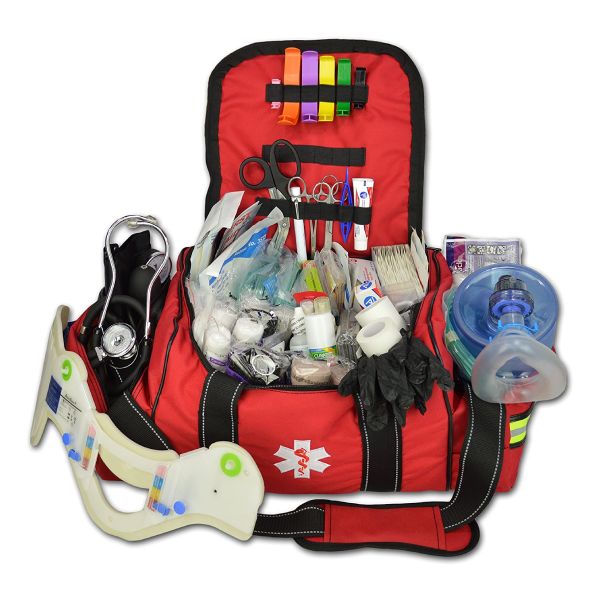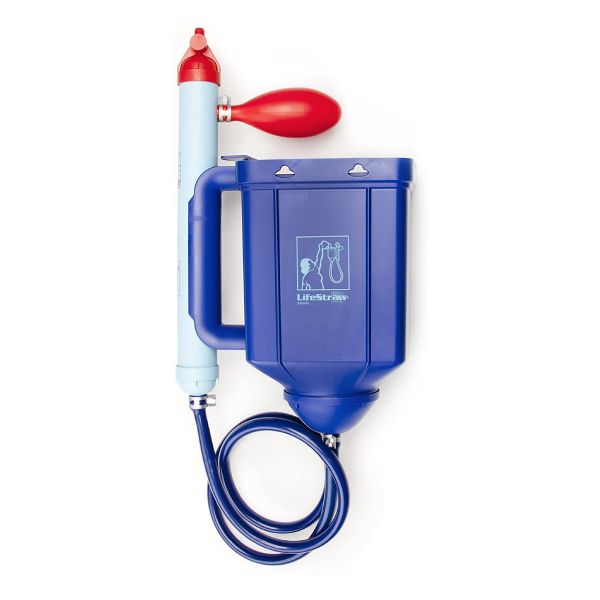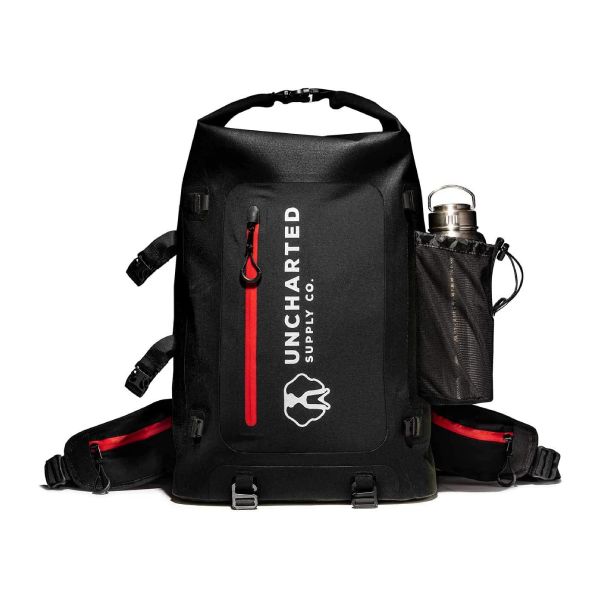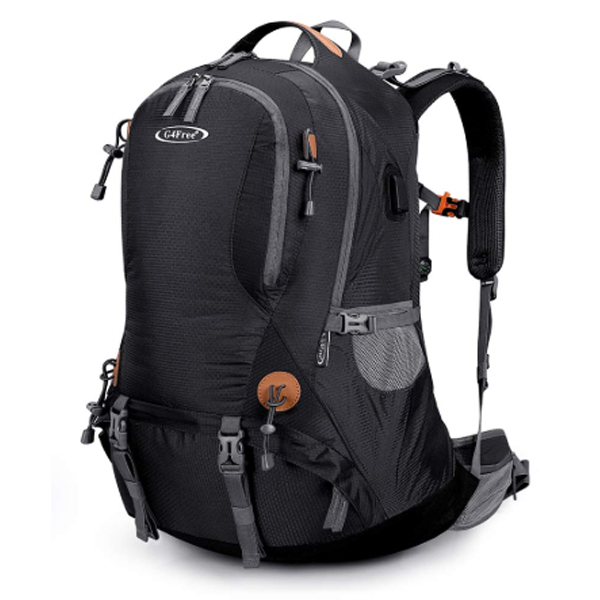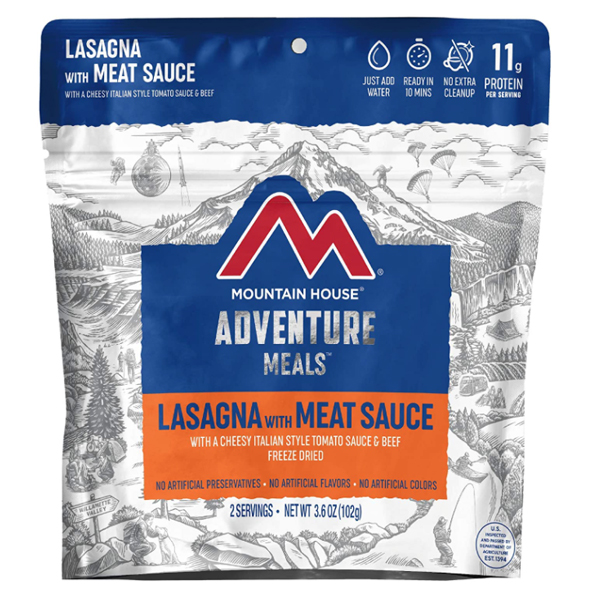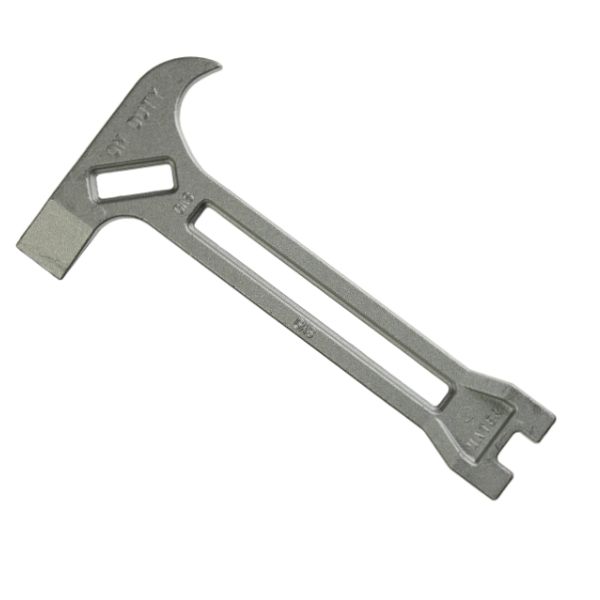Prepare for a Tsunami
Tsunamis are like an event straight out of a nightmare -- the ocean disappears only to return as a humongous destructive wave, washing over cities, businesses, and neighborhoods.
Tsunamis strike after earthquakes, travel up to 30 miles an hour, and reach heights of over 100 feet. They can happen anywhere along U.S coasts -- and places that border the Caribbean or the Pacific Ocean are at the highest risk. It’s important to act now and prepare your family before the threat is imminent.
Experience: Washed Away in a Tsunami
A young man and his mother, when vacationing in Indonesia, witnessed and were caught in the middle of a tsunami as it crashed onto land, flattening buildings, and sweeping people away in the currents. But though there was death and destruction, everyone came together to check on and aid one another, and their humanity shone through in a time of desperate need.
Tsunamis are a surprising event. Often they hit after an earthquake thousands of miles away so the victims have not idea they're coming.
According to National Geographic:
"A tsunami’s trough, the low point beneath the wave’s crest, often reaches shore first. When it does, it produces a vacuum effect that sucks coastal water seaward and exposes harbor and sea floors. This retreating of sea water is an important warning sign of a tsunami, because the wave’s crest and its enormous volume of water typically hit shore five minutes or so later. Recognizing this phenomenon can save lives.
A tsunami is usually composed of a series of waves, called a wave train, so its destructive force may be compounded as successive waves reach shore. People experiencing a tsunami should remember that the danger may not have passed with the first wave and should await official word that it is safe to return to vulnerable locations.
Some tsunamis do not appear on shore as massive breaking waves but instead resemble a quickly surging tide that inundates coastal areas.
The best defense against any tsunami is early warning that allows people to seek higher ground..."
Preparing for a Tsunami
How can you prepare for something that can strike immediately after another natural disaster? If you’re already shaken from an earthquake, will you be in the right headspace to be ready for a tsunami if it hits?
Thankfully, we have the tips you may need for staying alert and being prepared. You should always be prepared before a disaster hits -- and one way to do so is to be mentally ready.
- If you live near, plan on moving to, or are visiting an area by the coast, do research on the area’s tsunami risk. Most of the time, towns and communities by the coast will have maps with evacuation routes and zones -- make sure you know where they are before you go.
- It’s also important to learn the natural signs of a tsunami so you can make a judgement call to evacuate instead of waiting for an official warning. A tsunami will almost always follow an earthquake, a loud roar coming from the sea, or the water suddenly rising up the shore or receding so far that the ocean floor is exposed.
- Ready.gov recommends signing up for your community’s warning system, such as the Emergency Alert System, or to listen to NOAA’s weather radio. They also advise having an emergency evacuation route in mind before an earthquake and tsunami hits.
Tsunami Preparedness Plan
A preparedness plan isn’t difficult to formulate -- and it isn’t hard to create and follow steps to stay safe.
- Find an evacuation route that works for you and your family, and keep a map of it around
- Choose a backup route just in case your original route is closed due to damage from an earthquake
- Keep an extra can of gas in your car, and your tank full
- Evacuate yourself, your family, and your pets as soon as a tsunami warning is issued
- Have an emergency shelter 100 feet above sea level ready for you and your family
- Have emergency gear and supplies ready to go and somewhere you can easily access it.
If you are not on land when a tsunami hits, do not panic. If you are on a boat, do not come back to land and dock -- go out to sea until the tsunami is over and it is relatively safe.
It’s also highly recommended to know how to revive those who have drowned and aid those who are injured or caught in the currents. If you’ve gotten to high ground and are able, pull as many survivors from the water as you can.
How to Revive a Drowned Person
(source: BBC)
Tsunamis are highly dangerous, and the amount of victims it can leave in its wake is too high -- but not all drowning victims are completely lost. If you encounter someone who has drowned, follow these steps to attempt to save their life.
First, try to wake the victim, and check for signs of consciousness. If they are completely unresponsive, lie them down flat on their back and tilt their head and chin backwards. Doing so should clear up their airway -- place your cheek by their month to check for breath, watch their chest, and if it isn’t rising and falling, and they are not breathing, continue by giving them 5 rescue breaths.
Pinch their nose and breathe into their mouth, each breath lasting about one second. Take five deep breaths and continue as instructed. After you have completed five rescue breaths, it’s time to move on to CPR.
Take your hands and place them overtop of each other, and push down on the direct center of the victim's chest. Keep your arms straight, continuing the motion for one minute. Try to do this to the beat of “Another One Bites the Dust” by Queen -- the song, ironically, has 120 beats per minute.
After one minute of CPR, you should call for help if you’re alone -- call as soon as possible if you’re not alone. Have someone else make the call while you revive the victim.
Continue to revive the victim with 30 chest compressions and 2 rescue breaths over and over until they begin to breathe normally again, or until trained paramedics can take over. If you are with a group or someone else who knows how to perform CPR, switch off with them regularly to avoid becoming too tired to offer further aid.
If the victim wakes up, try to keep them warm and reassure them that they will be okay -- it’s best to get them to a hospital even if they feel fine, as water could be left in their lungs and cause dry drowning.
Emergency Preparedness Resources

Popular Emergency Checklists
All | Bug Out Bag | 72-Hour Kit |
Evacuation | First Aid
Scouting - Wilderness First Aid
Emergency Plan (ready.gov)
Emergency Contact Info (ready.gov)
Emergency Plan for Schools (ready.gov)
Tsunami Kit - Emergency Gear for Surviving a Tsunami
Like any other emergency, you should gather emergency gear to get you through. It's best to come up with a list of everything your family might need beforehand so you have time to gather and store away your supplies.
- 72-hour kit or go Bag - your individual kit should have clothing, gear and supplies for 3-10 days minium
- Food Storage - Take a long food from your long term food storage
There won’t be a lot of time to prepare for a tsunami, so it’s important to have everything you need already packed and ready to go. Try to either keep these supplies ready in a bag or in your car in the event you have to evacuate your home quickly.
- A life vest for everyone
- First aid kit
- Extra gasoline
- A battery-powered radio
- Charged phones
- Charged power banks
- Batteries
- Clean water (filter)
- Non-perishable food
- Clean, dry clothes
- Towels
- Medication
- Maps
- Identification
- Cash
- Baby care items
- Feminine hygiene
- Pet care supplies
Hand Crank/Solar Rechargeable AM/FM/SW Radio, LED Flashlight, Power Bank - Rugged
Emergency hand crank/solar powered energy source, radio, LED flashlight
Buy on AmazonFamily Sized Water Filter
Affordable, long lasting multi-person water filter and purifier
Buy on AmazonRecommended Products
Portable, Waterproof Power Bank - Rugged
Rugged 10000mAh portable, waterproof power bank and USB charger
Buy on AmazonMulti-Fuel Generator
Dual fuel porable generator with electric start for emergency power
Buy on AmazonRelated Topics
1This post may contain affiliate links. If you make a purchase, I may earn a small commission at no additional cost to you.
2 As an Amazon Associate we earn from qualifying purchases.
3 Most reviews are based on personal experience from one of our content editors. Some are based on research and the opinions of other reviewers.



